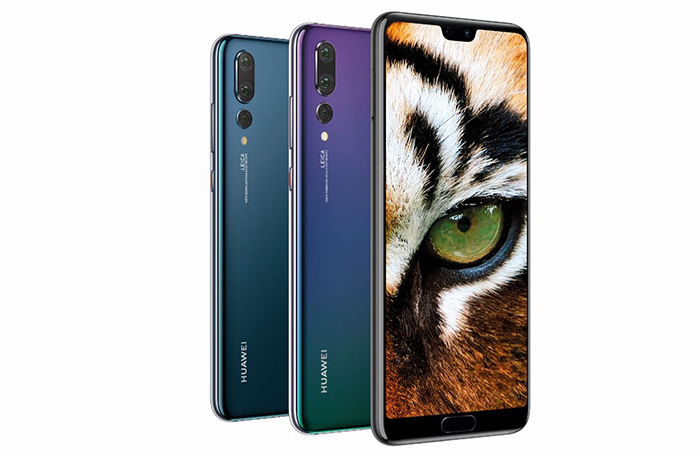
Huawei Innovates New Technology Standards That Meet the Actual Needs of Users
Huawei has changed the technology landscape worldwide after achieving the second place in worldwide smartphones sales (Q2 2018). Although the competition is still fierce, users are now able to distinguish between a real technology advancement and a software upgrade which is common in smartphones. For example, some companies have launched their new smartphones with limited features and depended only on software upgrades or technologies and standards that leading innovation companies have moved beyond years ago.
Real and early development to adopt technology
Huawei shook the smartphones market and changed the rules after supporting its devices with AI technologies that can only be described as a real development to serve users from all categories and of different interests. Huawei continues to invest in R&D to innovate unprecedented products. While smartphone manufacturers use one or two cameras in their smartphones, Huawei has gone beyond that sometime ago and made great jumps, to become an industry leader. Huawei did not only introduce the triple camera, it was also the first to support its different devices with AI technologies, which were exclusively used before in industrial and business sectors, giving its users a bigger room to be unique as they are the first to use these technologies.
Special photography standards and cameras that outperform the industry
Thanks to the triple camera in “HUAWEI P20 Pro”, the phone has a leading rear camera system. The camera consists of three lenses and is configured with 40mp RGB sensor, 20mp monochrome sensor, 8mp telephoto sensor. Compared to dual cameras in other phones, HUAWEI P20 Pro’s camera has a higher resolution in addition to the third sensor that allows real image zoom, i.e. the mage produced by a high-resolution camera has more details and clarity than the one taken by a low-resolution camera which produce blurry and unclear images.
Since AI is one of the major factors that changed the rules of smartphones photography game, Huawei was the first to launch AI-enhanced camera last year in its distinctive “HUAWEI Mate 10” phone, which featured real-time scene and object recognition, enabling it to automatically set the camera’s settings based on the object photographed, producing a clearer and more professional images without the need to know professional photography settings. With that, Huawei phones that use AI have become the professional photographer that accompanies users at all times. By depending on the development of cameras and AI technologies in “HUAWEI P20 Pro” phone, Huawei was able to develop a new night-photography pattern that can capture images that are unclear to the naked eye in the dark.
Huawei didn’t disregard the “Selfie” trend. In addition to its advanced smartphones series “Mate 10” and “P20”, Huawei introduced advanced AI “Selfie” features in the new “nova 3” series. The “nova 3” phone features four AI cameras, the two front cameras with 24mp and 2mp ensure the best selfie experience for users in addition to artificial intelligence, which sets a completely new standard for smartphones. The main front camera with 24MP f/2.0 wide aperture boasts incredible image processing power; and the 2MP secondary camera collects depth-of-field data with specialized hardware to produce professional bokeh effects. Simultaneously, AI capabilities help identifying human subjects and applying the correct beautifications effects while digitally processing the images, which helps users to take stunningly natural and clear high-resolution selfies.
Unprecedentedintelligent CPU
Smartphones processors available in the market don’t have enough enhancements and are less capable to execute AI tasks. Unlike the NPU in HUAWEI Kirin 970 chip used in HUAWEI Mate & P series, which is built using HiAI computing system for smartphones, the chip is 50 times more efficient and have 25 times greater AI performance than any other CPU, in addition to other special capabilities that include learning users’ behaviors and increasing battery life.
Huawei didn’t start its journey in developing AI technologies this year. In 2017, Huawei launched HUAWEI Mate 10 series, which is considered a significant achievement being the first AI smartphones series at that time. The series used Kirin 970 chip that supported AI and was dependent on NPU, an AI chip that is able to interact with the user’s environment and get to know them. The NPU, which was first implemented by Huawei, allows faster performance than traditional CPUs used in other phones.
There is much hype surrounding AI, but Huawei views AI as a fundamental capability that will eventually make its way to all end-user devices. For such a fundamental capability, it must have real, practical benefits for consumers.
Huawei’s initiatives and goals are laid out with the mindset of benefiting consumers. All of Huawei’s innovations are developed by examining the needs of customers. And to understand these needs, Huawei has spared no effort in researching its target audience.



























